Description
Product Model: IS420PUAAH1A
Product Brand: GE (General Electric)
Product Series: Mark VIe / Mark VIeS
Product Features (key strengths):
- Sixteen independently configurable channels (analog, digital, pulse, etc.) for maximum flexibility
- Hot-swappable with automatic reconfiguration, reducing downtime
- High throughput: 10 ms frame rate with 5 ms scan time (typical)
- Industrial robustness (–40 °C to +70 °C, 5–95% RH non-condensing)
- IS420PUAAH1A
- IS420PUAAH1A
Applications & Industry Context
In turbine control, power plants, or complex process systems, you often deal with many sensor types—thermocouples, RTDs, flow transmitters, pulse counters, digital status signals, and actuator feedbacks. Traditionally, each type might need its own dedicated module. But that means more inventory, more panels, and more risk in your wiring.
That’s where IS420PUAAH1A comes in. It’s a universal I/O pack in GE’s Mark VIe / VIeS control system, allowing up to 16 mixed channels in a single module. In a gas turbine control cabinet, for example, you might use one IS420PUAAH1A to consolidate temperature loops, vibration sensors, speed pulses, digital interlocks, and small actuator feedbacks—minimizing footprint and simplifying spares.
Especially in retrofits or modernization projects, the flexibility of IS420PUAAH1A helps integrate legacy sensors and new instrumentation without needing a proliferation of module types. In balance-of-plant (BOP) applications, where space is tight and panel real estate is at a premium, combining multiple I/O types into one module reduces cabinet count.
In harsh environments—extreme temperature swings, electrical noise, or vibration—the reliability of this universal I/O module is stressed. Operating reliably from –40 °C up to around +70 °C with non-condensing humidity is part of its design.
Operators in real plants have favored the IS420PUAAH1A because, during sensor upgrades or field changes, they seldom have to replace the module—just reconfigure the channel in software. That agility helps reduce maintenance downtime.
Product Role & System Fit
What exactly does IS420PUAAH1A do in a Mark VIe system? It is a universal input/output pack (I/O module) that plugs into a Mark VIe I/O rack or terminal subsystem and interfaces field devices with the higher-level control logic.
Unlike fixed-function I/O cards (just analog in, or digital out), this module supports mixed types. Each channel can be configured (in software) as thermocouple input, RTD input, 4–20 mA input, 0–20 mA output, voltage input (±5 V, ±10 V), digital input, digital output, or pulse accumulator. Because of this, one IS420PUAAH1A can replace multiple specialized modules, reducing spare parts and simplifying cabinet design.
The module is integrated with the Mark VIe backplane, power architecture, and diagnostic and configuration frameworks (e.g. ControlST software suites). It often works alongside terminal boards and harnesses within GE’s turbine control systems or BOP automation.
In redundant or high-availability systems, IS420PUAAH1A supports hot-swap replacement. That means you can replace the module while the system is running (depending on system design), minimizing outages.
Because it supports both I/O and feedback types, you’ll see IS420PUAAH1A in systems where flexibility is needed, or where instrumentation base evolves over time. In many GE power plants, the universal I/O modules like IS420PUAAH1A are part of future-proofing strategies.
Technical Features & Benefits
Let’s dig into the capabilities that make IS420PUAAH1A appealing to system architects and field engineers.
Mixed-channel flexibility
Perhaps its most distinguishing feature: each of the 16 channels is independently configurable. You don’t need a fixed analog input module or fixed digital output module; a channel can be reassigned (within limits) as requirements change.
Fast response & frame rate
The module supports a 10 ms frame rate (i.e. full I/O update interval) and a “normal” scan time of 5 ms under typical conditions. That means control loops or high-speed measurements can stay responsive, crucial in turbine or fast process control.
High accuracy
Within its specified environmental range, measurement accuracy is better than 0.1%. This level ensures that sensitive measurements (temperature, pressure, etc.) are reliably captured.
Support for hot swapping & auto reconfiguration
One of the major operational benefits is the ability to replace the module in a running system (if the hardware and system support it). Following a swap, it auto-reconfigures so the module resumes proper service.
Robust environmental design
Designed to operate from –40 °C to 70 °C (–40 °F to 158 °F) in 5–95% relative humidity (noncondensing) environments. The module is built for noise immunity, vibration tolerance, and reliability in real industrial contexts.
Reduced panel count / cabinet footprint
Because it handles multiple I/O types in one card, the IS420PUAAH1A helps reduce the total number of different modules and panels. That simplifies spare parts and cabinet layout.
Channel-by-channel commissioning
It supports wiring “black sections” (groups of channels) that can be independently wired and commissioned. This modular wiring strategy aids field commissioning.
Software integration with ControlST
This I/O module is designed to work with GE’s ControlST configurations (version 7.02.00C or later). That ensures you can configure, monitor, and diagnose channel behavior through the same engineering toolset.
In practice, one engineering team told me they replaced three dedicated I/O modules with a single IS420PUAAH1A when reworking a turbine control cabinet, cutting spare inventory and simplifying wiring while retaining full performance.
Technical Specifications Table
Here is a compiled spec summary for IS420PUAAH1A, based on vendor sources and field references:
| Specification | Typical / Range |
|---|---|
| Model | IS420PUAAH1A |
| Manufacturer | GE (General Electric) |
| System / Series | Mark VIe / Mark VIeS |
| Module Type | Universal Input/Output Pack (I/O module) |
| Number of Channels | 16 independently configurable channels |
| Supported I/O Types | Thermocouple, RTD, voltage input, 4–20 mA input (HART optional), 0–20 mA output (HART optional), digital input/output, pulse accumulator |
| Frame Rate | 10 ms |
| Scan / Update Time | 5 ms (typical) |
| Accuracy | Better than 0.1% within temperature range |
| Operating Temperature | –40 °C to +70 °C (–40 °F to 158 °F) |
| Humidity | 5% to 95% non-condensing |
| Hot Swap Support | Yes (supported) |
| Auto Reconfiguration | Yes (supported) |
| Compatible Software | ControlST version 7.02.00C or later |
| Ambient Power Consumption | Varies by channel loading (vendor sources mention ~8.1 W quiescent in some configurations) |
| Module Dimensions | Approx. 100 mm × 200 mm footprint in I/O rack context |
| Typical Usage | Turbine control I/O, BOP control, process I/O consolidation |
(Note: Because some details come from secondary vendors, always refer to your GE Mark VIe system documentation or module datasheet for your revision.)
Installation & Maintenance Insights
Getting the IS420PUAAH1A module installed and maintained right helps extract its maximum reliability. Here are field-tested tips:
- Power down before insertion/removal: Even though the module supports hot swap, follow your system’s procedures. Some parts of the module may not tolerate power when bus is active.
- Careful alignment: When sliding into the I/O rack or connector, ensure pins and guides align properly to avoid misalignment or bent connectors.
- Ventilation & spacing: Even though it does not dissipate huge heat on its own, adjacent modules or dense racks may raise temperature. Leave clearance and ensure cooling flow in your cabinet.
- Cable routing & shielding: Route analog and digital wiring carefully—especially sensitive inputs (thermocouples, RTDs). Use twisted pairs, shielded cables, proper grounding to avoid noise coupling.
- Initial channel test: After wiring, run a test of each channel (simulate thermocouple, mA, pulse, digital, etc.) to validate the channel mapping and response before switching into live operation.
- Monitor diagnostics & error logs: Use ControlST or the system’s diagnostic tools to watch for channel reconfiguration warnings, drift, or out-of-spec readings. Early detection of channel degradation prevents drift or fault in control loops.
- Inspect periodically: Annually (or as per your plant policy), visually inspect the module and connectors—look for dust, corrosion, loose screws, or discoloration. Use dry compressed air for cleaning (avoid solvents unless manufacturer allows).
- Spare module readiness: Keep a matched spare IS420PUAAH1A (same revision / firmware) ready. Label its revision and test status. In a fault scenario, swap quickly and diagnose later.
- After swap validation: After module replacement, revalidate all channels under known signals and confirm system behavior. Don’t assume a swap “just works”—verify.
- Revision / firmware compatibility: Some systems may disallow mixing different firmware or hardware revisions. Confirm compatibility before replacing a module.
In one plant, a temperature loop drifted slowly over months. The I/O module’s diagnostics flagged a marginal thermocouple input channel in the IS420PUAAH1A, prompting replacement before control loop deviation became unacceptable.
Related Models & Variants
In the GE / Mark VIe / Mark VIeS ecosystem, here are some neighboring or complementary modules:
- IS420PUAAH1B – A variant revision (B) of the universal I/O pack
- IS420PUAAH2A – Possibly a higher-capacity or upgraded revision
- YUAA / YUAA (Mark VIeS systems) – A similar universal I/O pack used in some VIeS systems, often compared to PUAA modules
- IS220PAICH1A – A dedicated analog input module (non-universal)
- IS220PDIOAH1A – A discrete (digital I/O) module
- IS220PDTOAH1A – Dedicated analog output module
- IS220PNBIH1A – Network / communication interface module
When considering substitutions or expansions, always check mechanical fit, backplane connectivity, software support, and channel mapping compatibility.

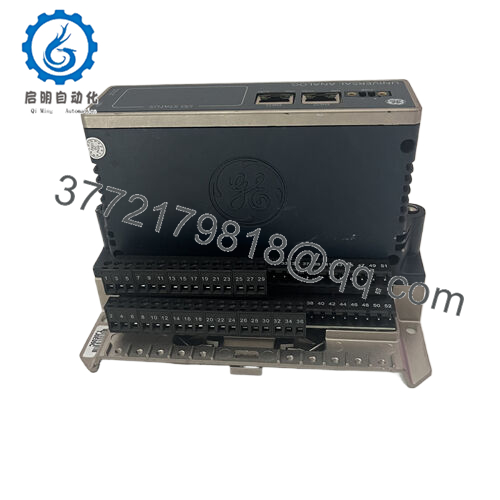
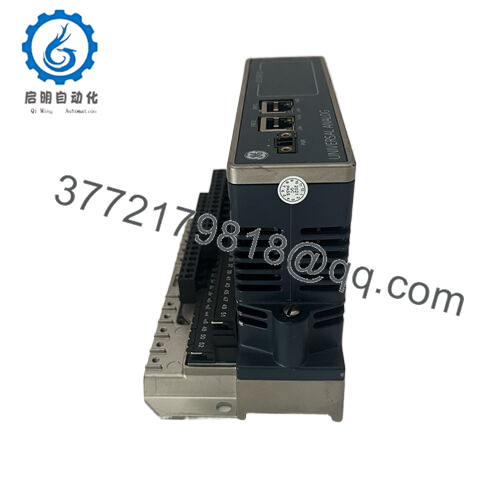
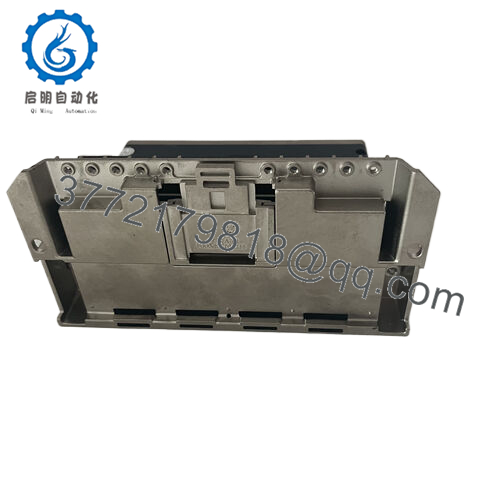
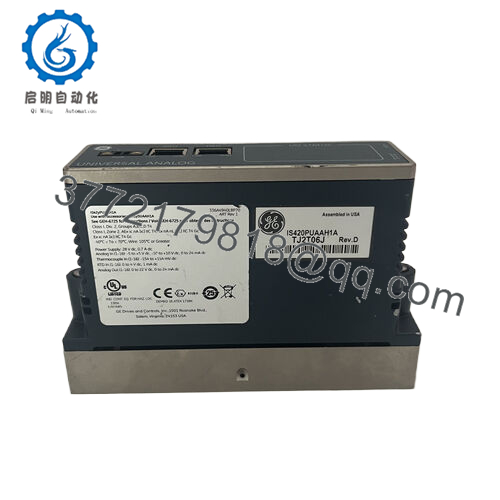
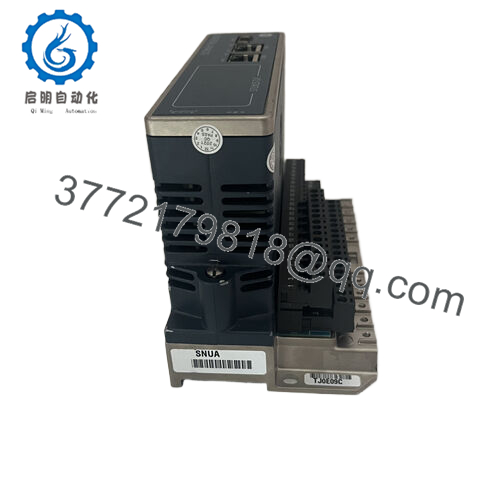
 WhatsApp: +86 16626708626
WhatsApp: +86 16626708626 Email:
Email:  Phone: +86 16626708626
Phone: +86 16626708626


